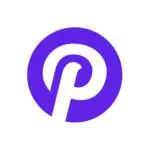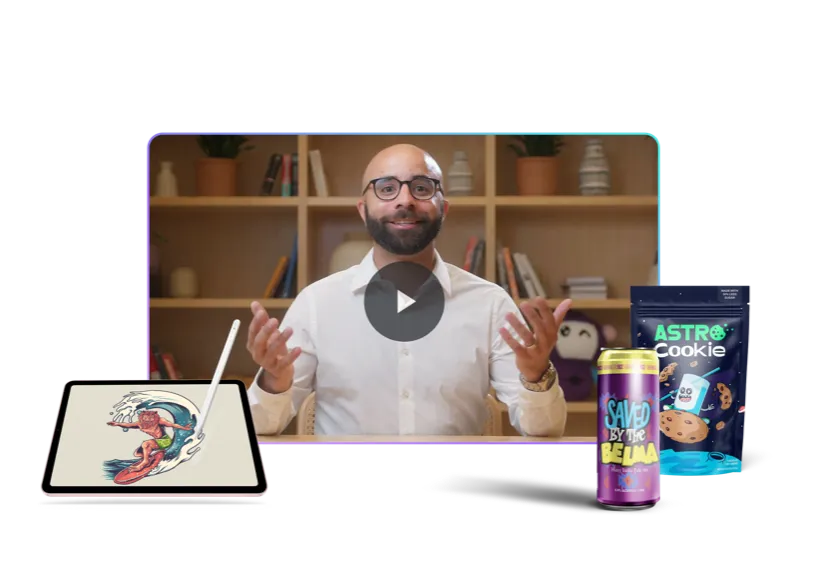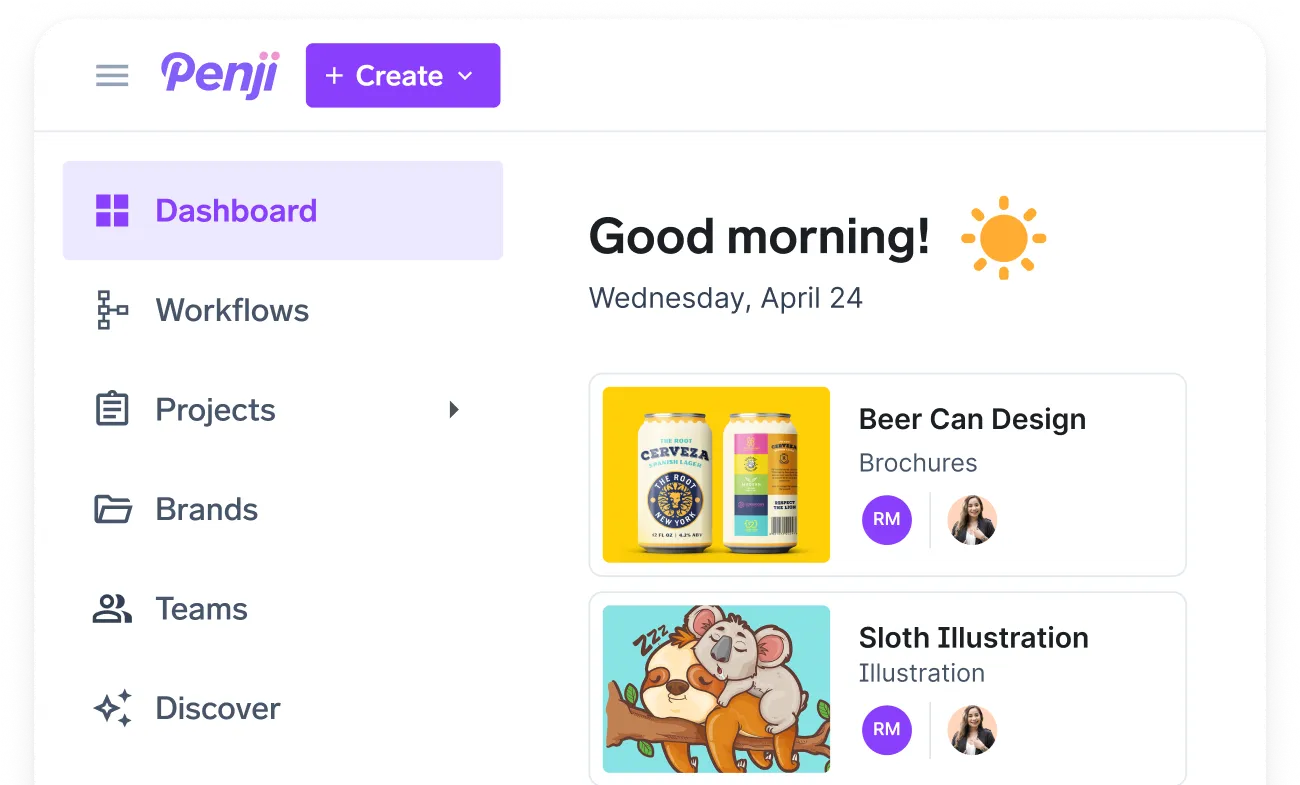![[Fully Managed] Lindsay Kirsh from Slayer PR- Ep. 109](https://penji.co/wp-content/uploads/2025/08/BLOG-IMAGE-Lindsay-Kirsh.jpg)
Introduction to the Podcast
Shannon Donnelly (SD): This podcast is brought to you by Penji. Penji is a creative subscription service that gives you access to pre-vetted agency trained creatives from all over the world. From graphic design to illustrations to social media management and web development, it’s all included. For one monthly price, it’s time to say goodbye to the hassle of searching for top-notch creative talent. With Penji, you get quality and consistency delivered right to your inbox every day. Carefully crafted for you by humans. So meet your new creative team today. Head over to Penji.co for more and enter the coupon code located within the podcast show notes. Hello everyone and welcome to the Fully Managed by Penji Podcast, the podcast where we discuss marketing and business tips to help assist you on your business journey. I’m your host Shannon Penji’s partnership coordinator, and I’m joined here today with a very special guest, Lindsay Kirsh from Slayer PR. Thank you so much for coming on with me today.
Lindsay Kirsh (LK): Thank you for having me.
Discussion on Business Name
SD: Yes, of course. So, first I wanted to get into, and I know I asked you a little bit about this in our call before this, but can you talk about how you came up with the name of your business? Because I think it’s very unique and I really like it.
LK: Yeah, of course. Thank you for the question. I think, you know, overall I’m happy with the name because that’s probably the most important question people seem to ask me. I’m just kidding. I’ve always been a music fan. I would say it’s my number one passion. And while we all know the band Slayer, it’s not necessarily named after the band. I really loved the edge to it as a bold, fearless brand. And it was representative of who I am and how I wanted this agency to function. So bringing in both.
SD: I really like that. I like when the name reflects what the work is. ‘Cause I think it’s hard to encompass that in one word, and most people are trying to go for that. So I think this is something that really works. And it’s very unique to you.
LK: Absolutely. And it was a struggle at first, you know, coming up with a name for the agency, because we think about it in terms of, how do we want it to come across? And while working through it, I felt like nothing was really representative of who I was. So if you’re going to think of a name for an agency, you know, it’s gotta be your own personal brand as well to really have that passion.
SD: Yeah, no, I definitely agree. A lot of people struggle with finding that and I think that it’s really great that you were able to create something that is refreshing and unique.
Day-to-Day Operations at Slayer PR
SD: So, could you please give a little synopsis about everything that you do, like kind of your day-to-day right now, where your agency is, and its cycle and all that good stuff.
LK: Sure. So Slayer is obviously focused on public relations, and we service clients across food and beverage, lifestyle, consumer, and luxury brands. A day-to-day for our team, you know, I feel like so many business owners will say the same thing. Every day really is a new adventure. We structure it, we know what our deliverables are, we know what our deadlines are, but we’re always reaching for more, especially as a new business. So a lot of my personal day-to-day is business development and creating strategy. My team, we’re working on execution, and really mentoring them as well. They’re excellent. They’ve got great experience, but there’s so much that we can all work collectively on, and I’m constantly learning from them too.
SD: That’s my favorite thing about agencies. I love being able to learn constantly. I think that’s one of my favorite things about—I already said one of my favorite things. Wow. But no, I really like that part about agencies and marketing specifically. It’s a constant learning environment.
LK: Absolutely. And you know, to go back to the people piece, I always think that’s most important. I think if you want to run a successful business, you need to be empowering your team. Without your team, who are you? You wanna make sure that people are showing up every day, enthusiastic, ambitious, and that they feel like they have skin in the game. And that’s really the environment that I foster at Slayer.
SD: That’s awesome. Yeah, I think the team is really, I like it. It’s the critical part I think I ask a lot of agency owners or CEOs or founders about, you know, their successes and things like that. And I think my favorite thing to hear is, you know, creating like a beautiful team.
LK: Absolutely.
Growing the Agency
SD: So, your agency is, you said it was newer, and I understand that. Can you kind of talk about how, from when, from its creation to now, how you’ve kind of been able to grow it to this point?
LK: Yeah, you know what? It’s never an easy road to venture out and start your own business, and I knew that it was something I always wanted to do after 15 years in the corporate world. So I formed Slayer in April of 2023, having never run a business. It was a big learning curve to be able to learn the back end of it, as well as do business development, execute all the projects. So it was juggling a lot. And then we fast forward and as I continue to learn, it’s amazing to see the growth in the span of a year where I’ve developed a team and we’re continuing to grow as we bring on more clients. It’s always great, you know, when you can take a step back and look at where you started to where you’re going, but also have, you know, that plan.
SD: Yeah, no, I definitely, it’s nice that it’s a learning process just as much as it is a growth process.
LK: Exactly. And you just raised an interesting point about hiring another agency. We formed strategic partnerships as well, and I think it’s really great to establish those relationships within the profession. If bandwidth is low, we can bring in another team of trusted experts and also float projects back and forth if it’s not within our scope.
Client Communication Strategy
SD: So, would you be able to kind of tell me, I think something that’s really important throughout the process of agency work is communicating with customers. Can you tell me kind of how your strategy, particularly for what you think works well, and how you make a customer feel cared about and, you know, is enjoying the process along with the end result?
LK: Absolutely. So, before I started Slayer, I worked in-house and I also worked agency side. So I was able to see both sides of that spectrum in terms of client communication and expectations. For me, and for Slayer, we are committed to having our biweekly status updates with clients and always being available via email, especially if there’s a crisis situation. We need to be on call and we need to ensure that our clients feel like they have access to the team because, especially in public relations, things change so fast.
SD: I really appreciate what you said about that. Communication goes both ways because, like on one side obviously, but on the other side, for agencies specifically, I think that’s something that’s really important for PR.
LK: Exactly, and I believe that we all need to hold ourselves accountable as well. Accountability has always been a big thing for me; it’s core to my character, and I think that when everybody can take accountability, we can move on a lot quicker. If there was a struggle or there was a miscommunication, and probably speak for a lot of people in my industry and anyone, you know, servicing clients. Again, it goes back to setting clear expectations, goals, and objectives, but everybody contributing and following up on their deliverables without placing blame.
Handling Mistakes and Pivoting
SD: Okay, so actually, that’s a great follow-up question. So, say something does happen, we would hope that, you know, your agency work, it all goes great and it’s always great and we always do amazing work, but say something does happen, how do you kind of go through that process? How do you pivot, refocus, and talk to the client and create a new plan?
LK: So what I like to do is think about things internal before we go external to the client, and regroup with the team to really again, have that open dialogue, communicate where was the breakdown? What went wrong? And before we communicate with the client, I always make sure that we have a solution. We never, ever want to speak to a client and just say, you know, Hey, we screwed up, period. Never, ever, ever. So it’s, you know, having that internal alignment with your team, coming up with that great solution and taking that to the client.
SD: Exactly. It just shows your commitment to the client and that you value their business as much as they do.
Proposal Strategies
SD: So, do you do formal proposals often?
LK: All the time. Our process for recruiting business is we will have a discovery call with a prospective client to understand what their goals are, to understand what their objectives are, and then we regroup internally and we will give a very high-level proposal that we will submit to the prospective client.
SD: In your opinion, what should you not include in your proposal?
LK: So, I think that there’s two things, and I am guilty of it, and I have been guilty of it, and it’s something that I am working on. I think that we are very excited about our businesses as entrepreneurs, and we absolutely should be, but we can’t assume that people have time to go through 35 slides. So my advice is condensing those decks, and just really giving that high level of what your service offering is and show results.
SD: That makes so much sense. You’ve really helped me understand the importance of balancing your excitement and giving too much. I think that’s a great takeaway.
LK: Exactly. It’s finding those like, those like nuggets where, you know, you’re wedding their palette just enough, but they don’t necessarily have the manpower, the bandwidth, or the experience to execute.
Client Relationships and Feedback
SD: You’ve really helped me understand the importance of balancing your excitement and giving too much. I think that’s a great takeaway.
LK: Exactly. It’s finding those like, those nuggets where, you know, you’re whetting their palette just enough, but they don’t necessarily have the manpower, the bandwidth, or the experience to execute. And then they come back. That’s what we want.
SD: That’s actually something that I didn’t even think about. And maybe this is why I am not in PR, but that’s really interesting because I would never even think about that. But it makes so much sense because you, you know, if you lay out the plan for them, they can just leave from that meeting and be like, okay, this is what we need to do. And then they go back and they do that.
LK: Exactly. And you know what, I remember the days of having job interviews and they were lengthy and consumed a lot of time. But obviously, as the applicant, you wanna do everything you can to get the job. It’s kind of like landing a client. However, one thing that always got to me was when they would ask me to create an example plan for them, and I’m thinking to myself, okay, so I’m gonna have to do that. You’re interviewing who knows how many candidates. So you’re going to get all of these plans in, and now you can take it and run. There’s no guarantee that I’m gonna get the job, and I’ve just spent all of this time doing that.
SD: Yeah, that’s a great point. You’re giving all that work, and there’s no guarantee you’ll get the opportunity.
Thinking Ahead for Long-Term Success
LK: Exactly. Going back to the decks and the follow-ups, those should be sufficient enough to build that trust without saying, “Here, do all this and use your time,” because it takes a lot of time to put these together. It takes a lot of thought. And, you know, as a small business, we wanna make sure that we are effectively using that time.
SD: Yeah, that’s a very important thing, as a smaller business, to have to allocate your time correctly. Not even just as a smaller business, it’s everywhere, but especially when you don’t have the same amount of resources as a larger business, you have to be able to pick and choose what’s important at the time.
LK: Exactly. And I think the other pieces too, when we’re going through this process, is putting yourself in the client’s shoes. Imagine you are the prospective client reading that plan and write it that way because we think from our creative brains, but what would I want to see if I was hiring an agency? Having worked in-house and having worked on the agency side and now my own agency, that’s really also how I think about it too. And if we’re not being mindful of that and playing that role as we write these plans, it can be a detriment as well.
SD: You have to, I think a lot of agencies have trouble getting out of their own heads, and obviously, all services are supposed to cater towards the client. But I think a lot of people will assume they know best, and it goes back to learning from the client. Maybe they know better than you for a specific part of something.
LK: Exactly. It’s all about listening to your client, hearing their needs, and helping them find the solutions they might not have thought of.
Closing Remarks
SD: I think that’s a perfect sentiment to end on. I love that. Thank you so much for coming on today. It was such a great conversation, and I’ve learned so much from it.
LK: Thank you for having me. It’s been great, and like I said, learning is ongoing, and that’s what we love to do — teach and learn.
SD: Absolutely. Thanks again. And everyone who’s watching or listening at home, don’t forget to like and subscribe to hear more professionals like Lindsay on the podcast. Thanks again, and we hope you enjoyed.
Narrator: You’ve been listening to Fully Managed, brought to you by Penji. Check out the show notes to learn more about today’s guest and to learn more about Penji, the human-first creative subscription service. Head over to Penji.co. And by the way, if you’re still listening, it would mean the absolute world to us if you shared this podcast with a friend, and of course, subscribe.









